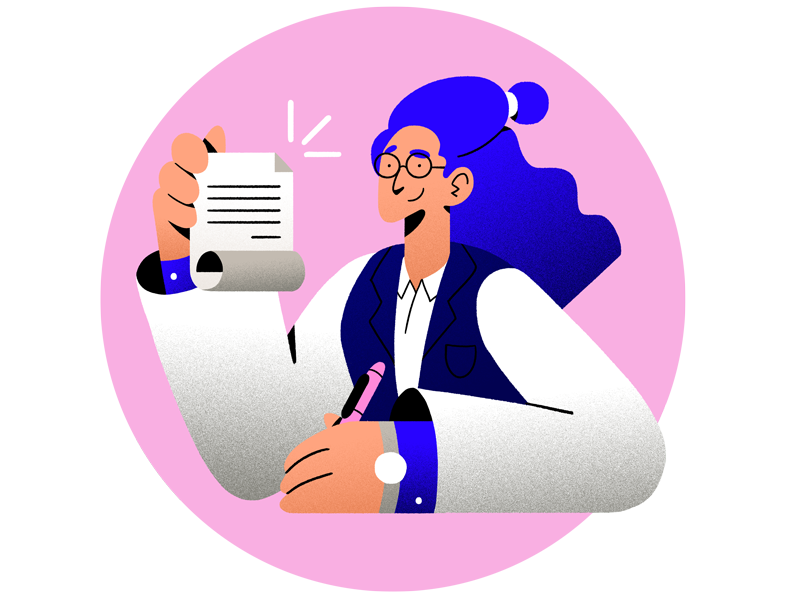On 2 December 2016, the EU published a directive calling for increased digital accessibility for public sector bodies' websites and apps. The purpose of the directive is to make information more accessible to users, in particular persons with disabilities.
Here you can find out if your workplace is subject to the directive and how we can help you comply with it.
Get started with EU Accessibility Directive compliance – quickly and easily!
Who is subject to the directive?
Agencies, regions, municipalities and entities classified as bodies governed by public law are subject to the directive. The directive also applies to operators providing services with public funding. These types of digital service are covered:
As of 23 September 2020, all websites and time-dependent media are affected.
As of 23 June 2021, all public sector apps are subject to the directive.

What are the requirements of the directive?
- Websites, apps and content disseminated through them must be designed to be easy to understand, deal with and comprehend.
- The requirements that apply in your country are governed by national authorities.
How can you make your website more accessible?
Publish important information in the national minority languages.
Ensure that the texts on the website are written in plain language, which means that language is proper, simple and comprehensible.
Publish important information in easy-to-read language, which means that the texts are simplified to make it easier for people with different types of reading disabilities.
Publish informational videos with subtitles, and information both orally and in writing.




How can Semantix help you?
When you contact us, you will be put in touch with a project manager who can among other things, help you with:
Translation into the national minority languages.
Rewrite the texts on your site in plain language.
Easy-to-read texts in your local language.
Subtitling videos.
Transcription of audio files.
Reading in texts.
Kulturskolen Norway
With the help of Semantix, we can reach even more people with information about Kulturskolen and support the municipalities in their efforts to develop Kulturskolen at the local level.
We helped the Norwegian Directorate for Education and Training increase children’s access to the arts by breaking down language barriers using subtitles and voice-overs. Here’s how.Read more, and watch the video